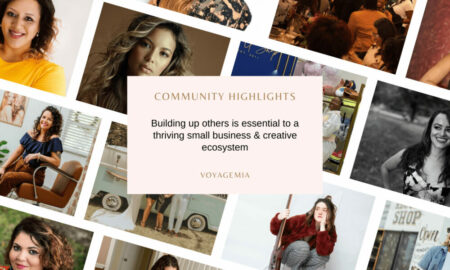

Today we’d like to introduce you to Valeri Fuentes
Hi Valeri, we’d love for you to start by introducing yourself.
Since I was little, cooking has always been my greatest passion. I grew up watching my grandmother, who was the star cook of our family. She wasn’t much for hugs, but she showed her love through food. No matter the time of day or how tired she was, she was always ready to make coffee and something delicious for anyone who stopped by. I carried on that tradition, cooking for my siblings and friends. For me, food was my way of making them feel special and showing my love and respect.
After finishing high school, I decided to study law, but I quickly realized it wasn’t for me. I never imagined I would end up working as a chef, let alone creating art through cooking. It wasn’t until years later that I decided to study cooking as a hobby. I’ve always loved learning, so it seemed like a fun idea.
I applied to the Culinary Institute of Caracas, which, for me, is the best cooking school in my city. To get in, you need to pass tough interviews and aptitude tests. It’s a selective school with limited spots, and it focuses on people who are truly passionate about gastronomy. To my surprise, I was accepted and completed my studies, but I wasn’t the same anymore. At that school, I learned to connect with food in a completely new way. I fell in love with the land, its ingredients, and how the way people eat tells the story of their culture and history.
After finishing my studies, I moved to Buenos Aires, Argentina, where I started my first jobs as a cook. My first job was at a Japanese restaurant in the mornings, and later, I worked at a more elegant, high-end restaurant in the Palermo neighborhood. That’s where my creative journey began. I had total freedom to experiment and create, and I ran with it. It went really well, and that first taste of creative freedom changed everything for me. I realized that cooking was, for me, a way to express my art.
Over the years, I’ve worked in some incredible places where I’ve learned a lot, such as Elena at the Four Seasons, Orilla by Fernando Trocca, the Hilton, and Patagonia, which became a key chapter in my development as a chef. My time in Patagonia was unforgettable. I moved to a small town called El Chaltén, three hours from the nearest city. There, with limited resources, I learned to make the most of what nature had to offer—edible plants, mushrooms, and other ingredients from the mountains. I found an old, hand-painted book that listed the region’s edible leaves, and every day I explored the mountains to gather new ingredients.
With ingredients like Nire, Calafate, and Paramela, I created dishes like fried cakes with trout tartare, Calafate syrup for chocolate ice cream, and a welcome drink for guests. That experience was truly life-changing. After a year, I returned to Buenos Aires with the belief that limitations are only in your mind. I spent the next four years working in catering, including events like the F1 in Miami. What I love about catering is the variety—one day you’re working in a church, the next in a museum, and the next, you’re out in the countryside surrounded by animals.
Now, I’m back in the restaurant world and happier than ever. I work at Verde, the restaurant at the Pérez Art Museum in Miami (PAMM), where I get to combine my two great passions: art and cooking. Creativity is not just a necessity but also the most fun part of my job. Every day, I’m grateful for this journey that’s allowed me to grow both as a chef and as a person.
We all face challenges, but looking back would you describe it as a relatively smooth road?
My journey in gastronomy has been incredibly rewarding. I’ve been fortunate to work with amazing people who have greatly enriched my experience and growth as a chef. However, I can’t deny that the professional culinary world, like many others, has historically been a challenging environment for women. Over the years, I’ve had to prove that I’m capable of facing the physical and mental demands this job requires and that gender differences are, in reality, limitations we impose on ourselves.
I’ve often been a victim of sexism, and I believe that, at times, it can take twice as much effort to earn respect. But I love challenges. I never let those experiences break my spirit or my desire to learn and get better every day. On the contrary, I believe that even in those situations, you can learn and grow. Today, I see that the culinary world is changing. Women are being taken seriously in chef roles, and we’re no longer pigeonholed into just pastry. We are moving toward a more inclusive space where our talent and capabilities are valued equally. This change is a positive sign for the future of the industry, and I’m proud to be a part of it.
Appreciate you sharing that. What else should we know about what you do?
I don’t know how to paint, but I do know how to create dishes that not only taste amazing but are also visually stunning. It’s something I absolutely love! On several occasions, people have told me they don’t want to eat what’s in front of them because it looks like a piece of art and they feel bad “ruining it” (it’s honestly quite funny!). The truth is, what really defines my cooking is the way I plate and design the menus. I love using flavors that connect me to my roots and my Latin heritage, which I’m deeply proud of. At the same time, I enjoy incorporating colorful, fun ingredients, playing with shapes and textures, and always aiming for that “WOW” factor that gets a reaction from the guest, both at the first bite and the last.
People really enjoy the experience of eating art. Seeing a painting in a museum and then having the chance to taste a dish that not only reflects the same colors as the artwork but is also inspired by the artist’s story, is something really special. A perfect example of this is our Mojito Cubano Tiradito. This dish not only mirrors the colors of the original painting by artist José Parlá, but it’s also deeply influenced by his heritage. José Parlá was born in Miami, and his parents are Cuban, which made it a fun and meaningful concept to develop for this dish. It’s been one of our bestsellers so far!
The star of this dish is mahi mahi, a fish native to Florida. To add a Cuban touch, I was inspired by the famous mojito: we incorporate mint oil and mojito gel (a traditional cocktail with alcohol). Instead of the usual tiradito sauce made with Peruvian yellow chili, we use a Cuban pepper called cubanelle pepper, along with cucumber, celery, and jalapeños. The result is a flavor explosion that everyone loves.
What does success mean to you?
For me, success is when you wake up every morning excited to go to work. That feeling of doing what you love is what I consider success.
Contact Info:
- Website: https://www.pamm.org/en/dining/
- Instagram: https://www.instagram.com/lacocineitor/
- Other: https://www.instagram.com/verdemiami/
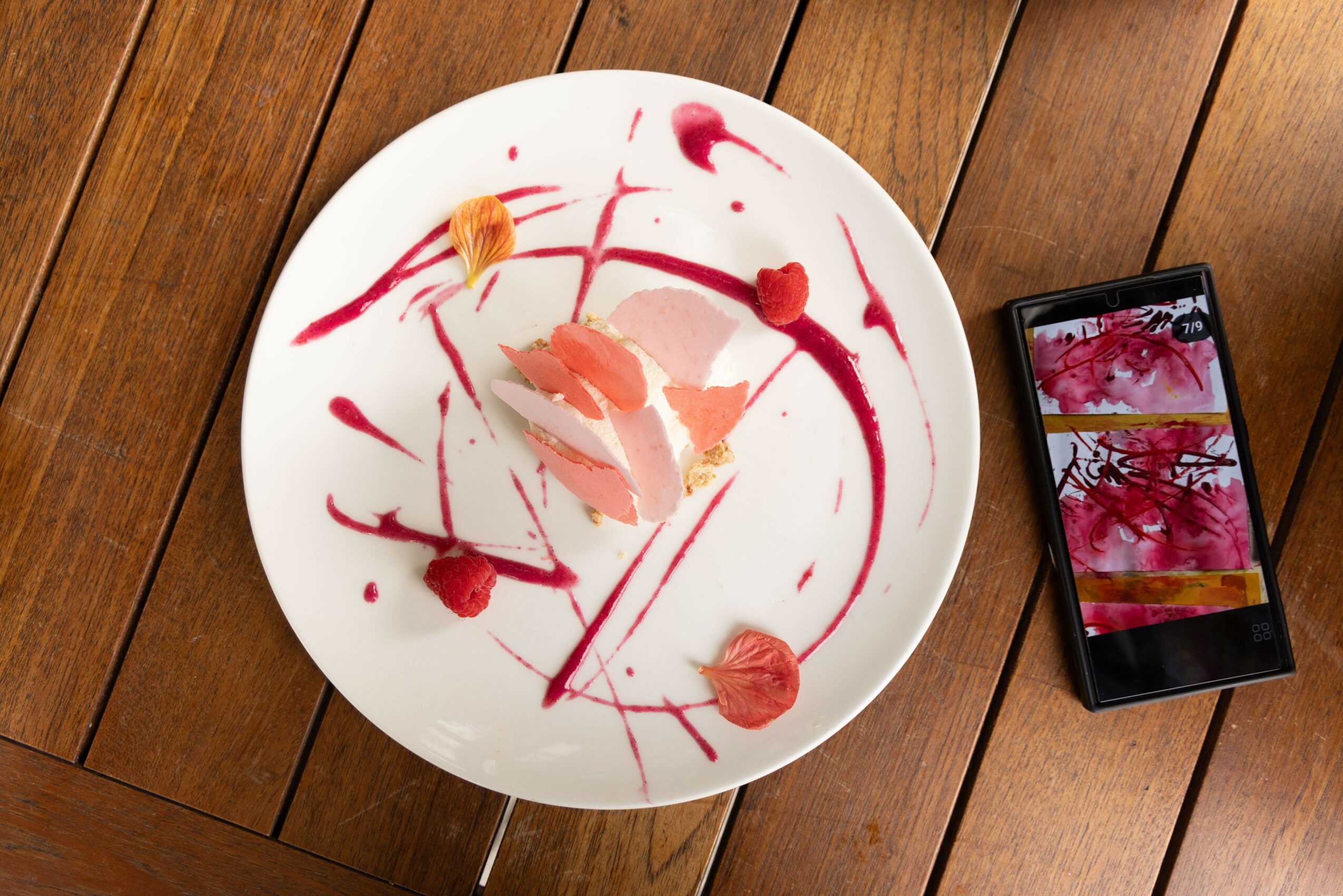




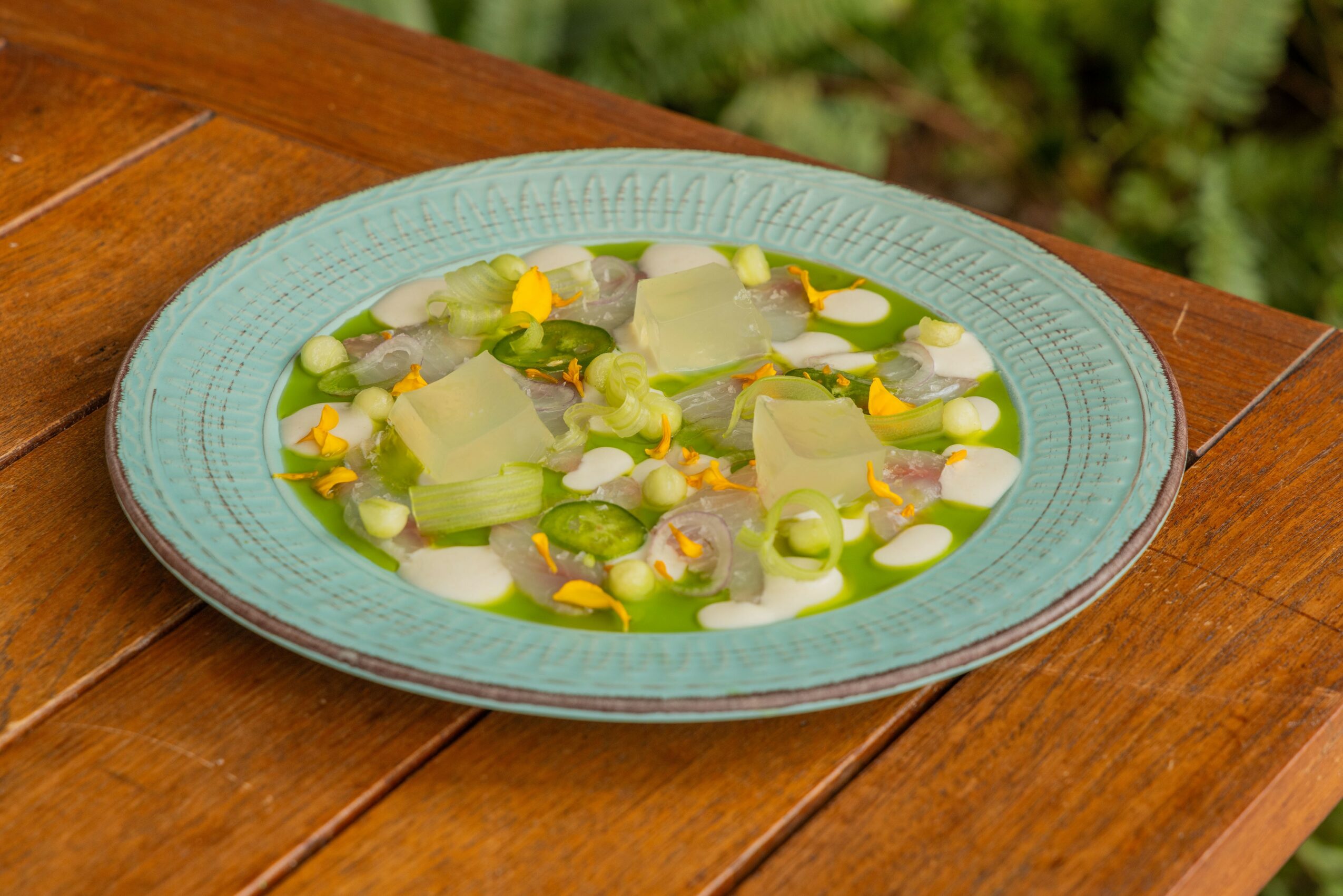
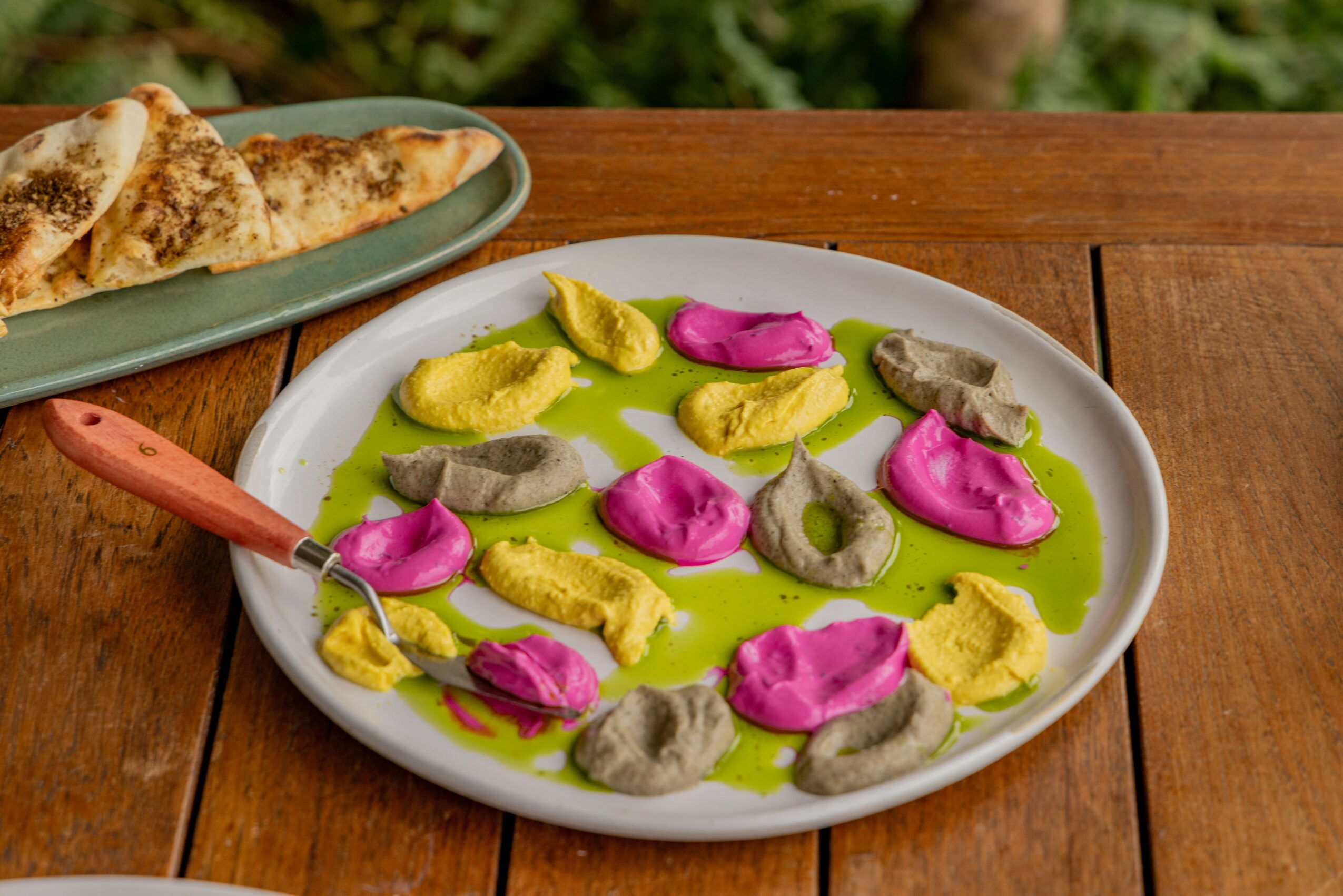
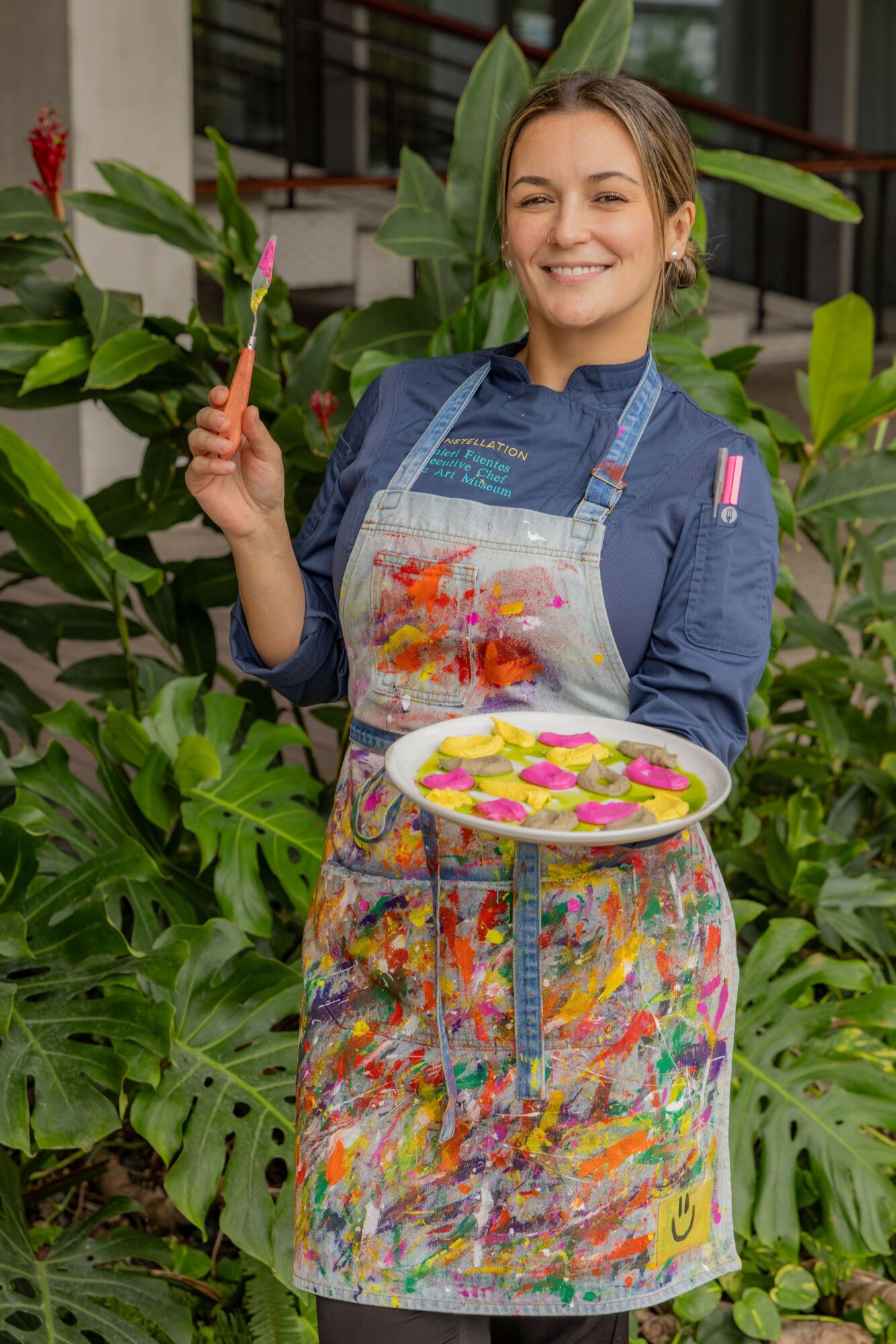
Image Credits
Constellation Culinary Group / Photographer: Lázaro Llanes










